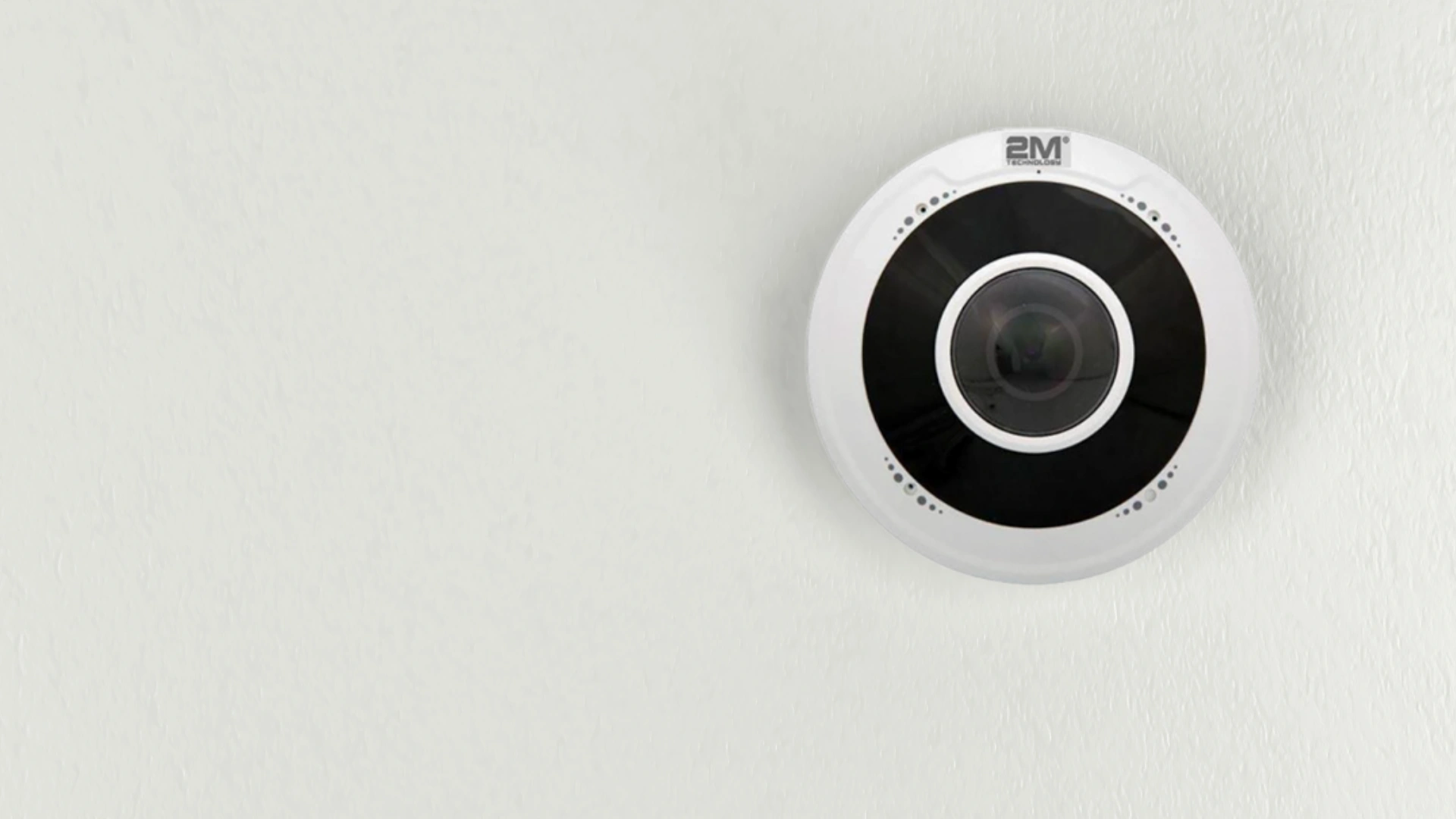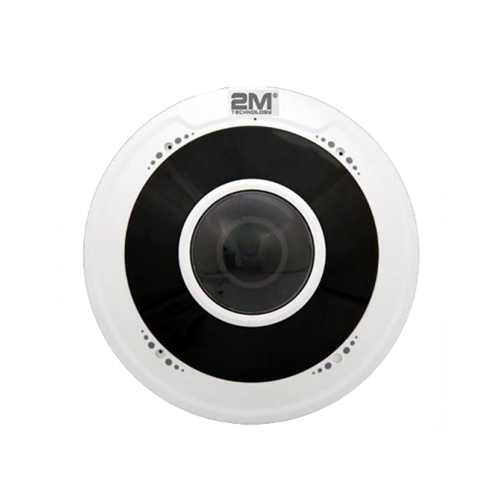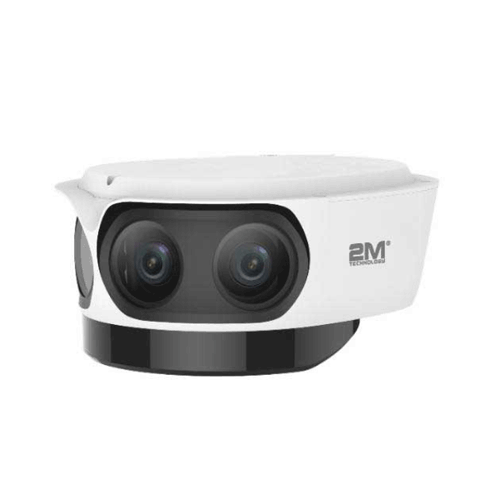When choosing a security camera, one thing that you have to consider is what areas you want to cover. In order to monitor more areas, you would typically have to buy more cameras to place them in different places. However, there are cameras that allow you to cover a wider area with a single device. The cameras that offer views of up to 360° include fisheye cameras and panoramic cameras. In this post, we will go over their differences so you can choose which one best suits your purpose.
Fisheye Cameras
Fisheye cameras use a singular, special type of lens called a fisheye lens. They can capture views from 180° and some cameras can go up to 360°. Many people opt to use these cameras because they capture more areas which reduces the amount of blind spots. However, the images that are produced appear distorted and curved which requires dewarping. In addition, a wider view usually means a lower image resolution. Since the view is wider, the pixels that make up the image will have to be more spread out over the image. This means that footage from fisheye cameras can appear blurry or pixelated.
Panoramic Cameras
Panoramic cameras are also referred to as multi-imager cameras. Like fisheye cameras, they can capture views of 360°. But instead of using a single lens like fisheye cameras, these cameras can have up to 8 lenses on a single camera. Each lens captures different areas and the camera stitches together the images to make one complete image. Since there’s more lenses, the images that are captured tend to be in high resolution. Instead of the pixels being stretched to cover one wide image, each lens has a narrow frame of view with minimal pixel stretching.
Comparison
As mentioned before, footage from fisheye cameras tend to be in low resolution because the range of view is wider for a single lens. Panoramic cameras produce footage with more detail because their images are in high resolution. But keep in mind that the higher the resolution, the more bandwidth and storage that is required. Panoramic cameras can also have more blind spots than fisheye cameras because of the stitched images. However, panoramic cameras allow the user to electronically zoom with the individual lenses so you can focus on key areas. For this reason, they’re more versatile and good for identifying faces easily. Most people choose to use fisheye cameras for indoor use because they are cost-efficient and their design is unnoticeable. Panoramic cameras are usually used outdoors in parking lots or streets where it can be difficult to identify people.
Wrap Up
Both fisheye cameras and panoramic cameras are good choices if you want to have surveillance over a wider area using a single device. To decide which one to use, just consider what areas you will be using them for and what your budget is. If your main purpose is for identifying faces in high detail, then a panoramic camera is the best choice. If you just want to monitor an area without much identifying, then a fisheye camera would be suitable. If you would like to see how these products work, then schedule a free live demo today!



